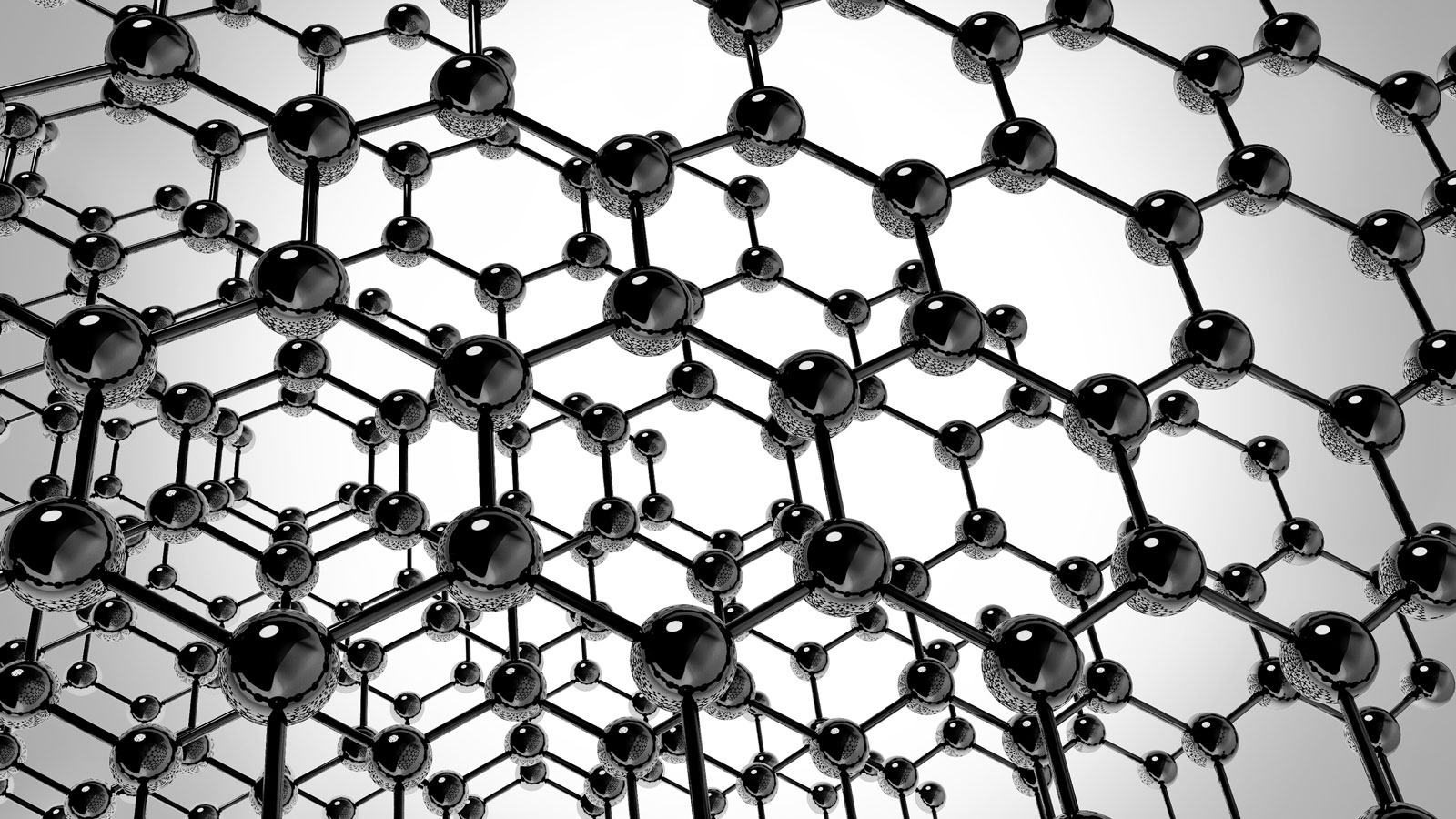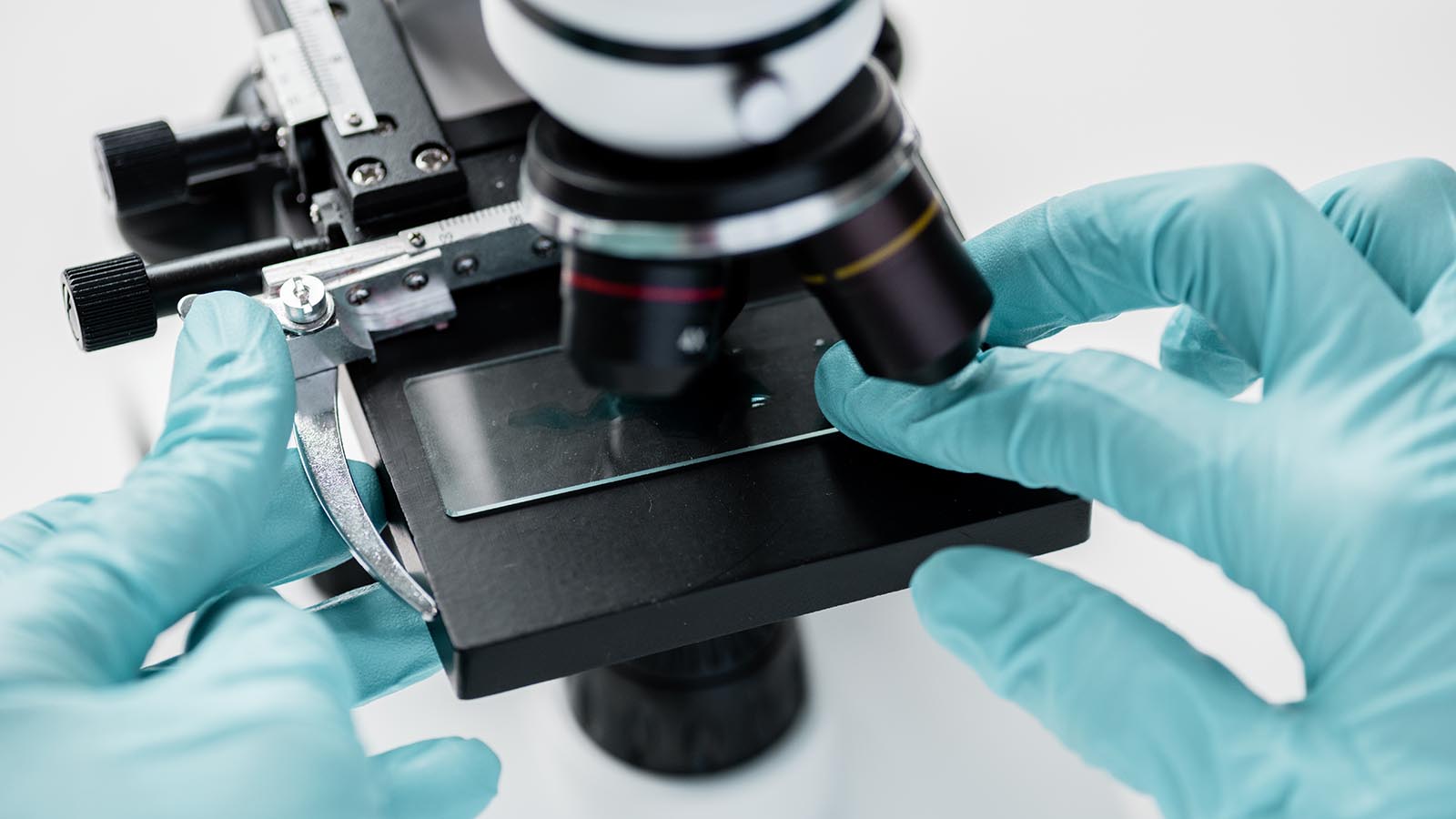SAFARI: Safe and Sustainable by Design Graphene/MXenes Hybrids

The SAFARI project aims to develop new 2D materials through sustainable and safe processes. The project focuses on the creation of hybrid formulations of MXenes and Graphene (Gr), which are known to possess unique and desirable properties such as thermal stability and electrical conductivity. The aim of the project is to develop sustainable and safe materials that can be used in a wide range of applications, such as biosensors, conductive inks and EMI shielding.
Context
In recent years, 2D materials have been in the focus of key (enabling and innovative) technologies due to their high properties, such as biochemical, electrical, optical and sensory properties. While many of these materials remain of purely academic interest, others have attracted the interest of industry due to their excellent properties, which have led to practical applications. Graphene (i.e. graphene and/or reduced graphene oxide, hereafter Gr), a material discovered in 2004, is already produced on a large scale and has found applications in electronics, solar cells and biochemical/electrochemical sensing. Its properties have led to a new wave of research on known or novel 2D materials such as transition metal dichalcogenides (e.g. MoS2, WS2), hexagonal boron nitride, phosphorenes or their hybrids.
One of the most promising 2D materials are MXenes, discovered in 2011, which are potentially the largest class of 2D materials, and are transition metal carbides and nitrides, produced from bulk crystalline materials called MAX phases by selective removal of aluminium from the layered MAX phases.
Although some commercial MXenes already exist in low quantities for research purposes, there are several issues that need to be addressed for their widespread adoption by industry:
- MAX phase production processes are time-consuming and energy-intensive, while at the same time the MAX phases produced exhibit excess carbon concentration and defects due to the use of graphite moulds.
- The state-of-the-art technology for the production of MXenes from MAX phases is based on the etching process, which uses chemicals such as hydrofluoric acid, which are harmful and toxic to the environment.
- Conventionally produced 2D MXenes are characterised by two main drawbacks: they contain a high number of impurities and the size of the material is not easily controllable.
- Since MXenes represent a new class of two-dimensional nanomaterials, the assessment of their safety for human health and the environment is an issue that requires much attention.
Summary and objectives
The SAFARI project starts with the preparation of precursor compounds known as MAX phases. These compounds are then used to produce two types of MXenes (Ti3C2 and Cr2C) that are subsequently functionalised to improve their properties and increase their affinity for graphene. The resulting 2D hybrid materials will be created using two different methods, and their structural, morphological and functional properties will then be characterised. Furthermore, one of the main strengths of the SAFARI project is that it considers the safety and sustainability of products and processes from early stages in design and development, in line with the European SSbD (Safe and Sustainable by Design) framework. Therefore, a detailed study of the toxicity and ecotoxicity of intermediate and final materials will be carried out, and critical aspects related to their potential environmental impacts and sustainability will be considered.
The main objective of SAFARI is to move beyond the SoA in relation to the safe and sustainable by design (SSbD) production and use of MXenes, covering the entire value chain, from precursor preparation, production and functionalisation of MXenes to final applications. To increase the maturity of the proposed SAFARI technologies and bring them closer to the market, specific objectives will be pursued, such as:
- Establish and implement a SSbD strategy, based on the European Framework, regarding the development of new and novel technologies for the adoption of 2D MXenes materials, covering the whole life cycle (from raw materials and precursors to the manufacturing of final products and their end-of-life scenarios).
- Scale up a sustainable production route for the preparation of high quality and high purity MAX phases based on the combination of Spark Plasma Sintering (SPS) and High Energy Ball Milling (HEBM) pilot lines.
- Scale-up the production of MXenes phases by High Frequency Acoustic Emission (HFAE), a fast and environmentally friendly process, without using toxic hydrofluoric acid.
- Produce two types of MXenes: Ti3C2 and Cr2C from their corresponding MAX phases.
- To proceed to the functionalisation and hybridisation of MXenes with Graphene, giving rise to materials that exhibit excellent electrical, electrochemical and electromagnetic properties and, at the same time, providing safer 2D material configurations for industrial applications due to their larger size.
- Integrate/demonstrate MXene/Graphene hybrids in final applications: biosensor, conductive inks and electromagnetic shielding.
- Develop and implement methodologies to assess the toxicity and ecotoxicity profile of 2D materials along the value chain based on in silico and in vitro approaches, and proceed to the evaluation of exposure scenarios, including occupational safety, on the pilot lines.
In conclusion, the SAFARI project represents an important step forward in the development of 2D hybrids with MXene/Graphene for use in a wide range of applications.
Consortium
In order to tackle the hybrid formulation of safe and sustainable graphene-based materials, SAFARI has a multidisciplinary and balanced team. The consortium brings together 11 partners from 8 countries (7 from the EU and Israel). The partners and associates share a common interest in the topic, bring multiple expertise to the project and allow it to be representative of all European macro-regions.
Specifically, the consortium is made up of:
- SIEC BADAWCZA LUKASIEWICZ – POZNANSKI INSTYTUT TECHNOLOGICZNY (PIT) (Poland) (Coordinator).
- CREATIVE NANO PC (Cnano) (Greece).
- UNIVERSIDAD DE BURGOS (UBU) (Spain).
- INSTITUTO TECNOLOGICO DEL EMBALAJE, TRANSPORTE Y LOGISTICA (ITENE) (Spain).
- INSTITUTO DE SOLDADURA E QUALIDADE (ISQ) (Portugal).
- ASOCIACION DE INVESTIGACION METALURGICA DEL NOROESTE (AIMEN) (Spain).
- TEKNOLOGISK INSTITUT (DTI) (Denmark).
- ISRAEL AEROSPACE INDUSTRIES LTD. (IAI) (Israel).
- THINKWORKS BV (TW) (The Netherlands).
- AXIA INNOVATION UG (AXIA) (Germany).
- METROHM DROPSENS SL (MDS) (Spain).
ITENE’s role in SAFARI
In SAFARI, ITENE will participate in the work packages 11 (Toxicological and ecotoxicological profile of MXenes) and 13 (Toxicological and ecotoxicological profile of hybrids). Specifically, ITENE will be in charge of:
- Collaborate with UBU and ISQ for the assessment of the human toxicological profile of MXenes and hybrids, key to identify human health hazards of the material.
- Lead the assessment of the ecotoxicological profile of MXenes and hybrids. The characterisation of ecotoxicity will be performed through two approaches: bioassays to study potential adverse effects on aquatic and soil organisms; and from simulations of the marine aquatic ecosystem through mesocosm studies.
- Collaborate with ISQ to assess occupational exposure scenarios and worker exposure levels to nanomaterials and nanoproducts during the production phase of MXene/Graphene hybrids.
- Collaborate with UBU and ISQ to carry out in-silico predictive studies of MXenes and hybrids for the prediction of their toxicological and environmental impacts.




